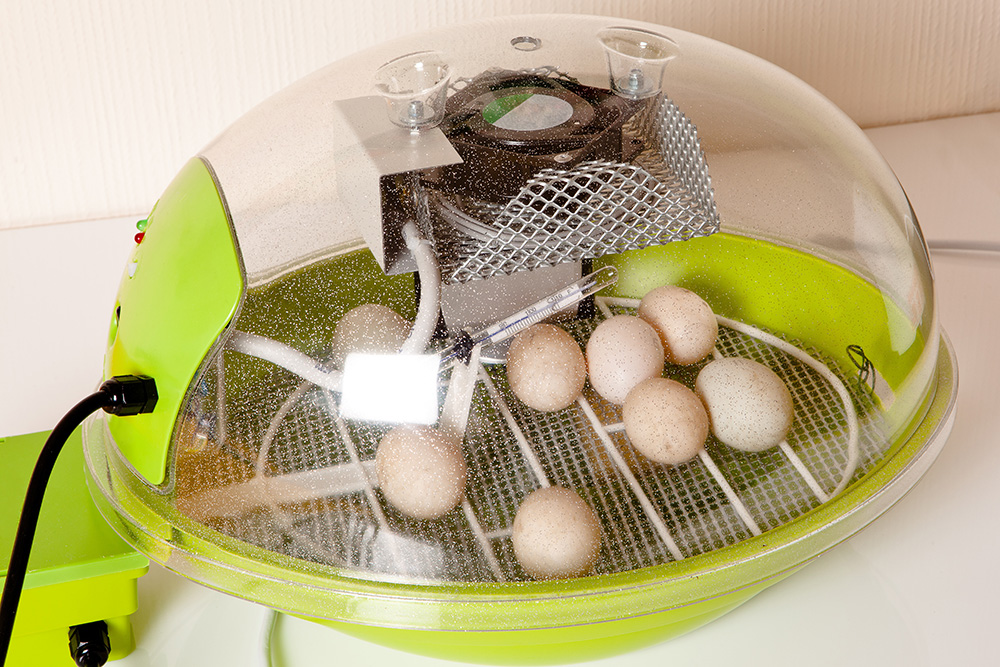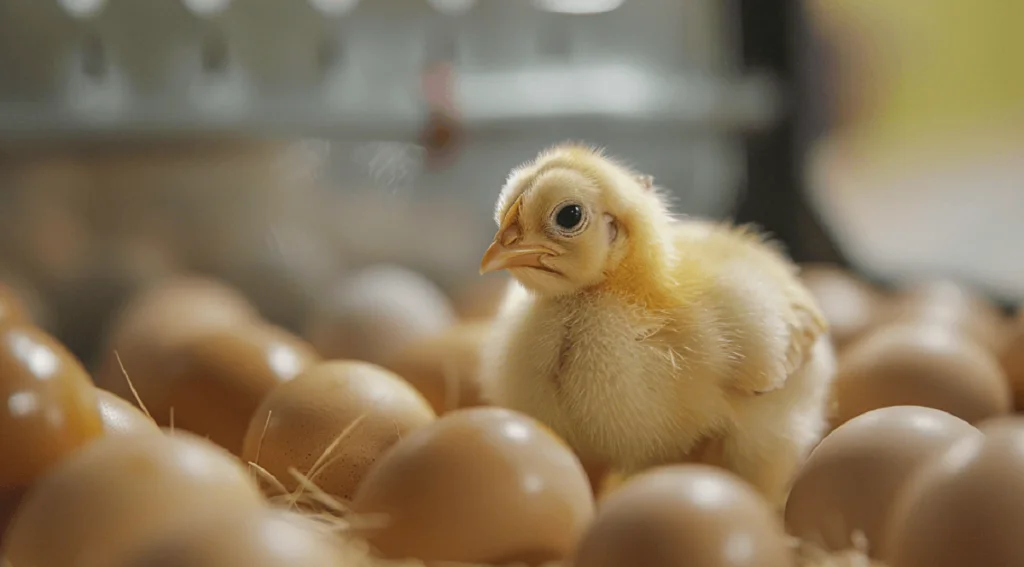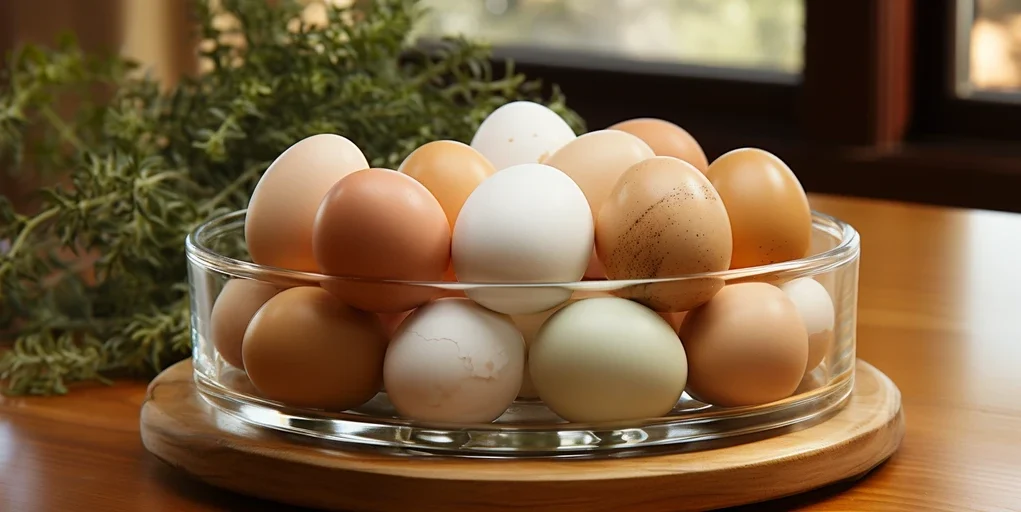For anyone involved in the fascinating process of hatching eggs, knowing when to expect chicks to pip is a crucial aspect of successful incubation. Whether you’re a seasoned farmer or a beginner, understanding the timeline and conditions conducive to hatching is essential. In this article, we will explore everything you need to know about the timing of chick pipping and the factors influencing it.

Introduction to the Hatching Process
Hatching is a miraculous process that begins with incubation and ends with a new life emerging from an egg. The term ‘pip’ refers to the first crack a chick makes in its eggshell as it begins to hatch. Knowing precisely when to expect chicks to pip is significant because it allows you to monitor the health and progress of the embryos.
The Incubation Timeline
Typically, chicken eggs require around 21 days of incubation before they hatch. However, this can vary slightly due to environmental factors such as temperature and humidity. It’s important to maintain these conditions carefully to ensure a successful hatch. You can refer to our guide on incubating in hot climates for more specific tips.
Days 1-18: The Early Stages
During the first 18 days of incubation, the embryo undergoes significant development. This period requires consistent temperature and humidity to facilitate healthy growth. For tips on maintaining the right humidity, see our article on humidity hacks.
Days 19-21: The Final Countdown
As day 19 approaches, the embryo prepares to hatch. During this time, you may notice the egg wiggling slightly as the chick positions itself for pipping. It’s crucial not to disturb the eggs at this stage. A detailed guide on what to do if you encounter issues can be found in our troubleshooting guide.
Factors Affecting When Chicks Pip
Several factors can influence the exact timing of when chicks begin to pip:
Temperature
The temperature within the incubator is perhaps the most critical factor. A slight deviation from the optimal 99.5F (37.5C) can speed up or delay the hatching process.
Humidity
Proper humidity levels are vital for the chick’s development. Too much or too little can affect the strength of the eggshell and the chick’s ability to pip. For more information on controlling humidity, check our humidity hacks.
Egg Quality
Egg quality is paramount to successful hatching. The age of the egg, its cleanliness, and how it was stored and transported can all affect the viability of the chick. To ensure optimal egg quality, consult our guide on transporting eggs.
Signs That Chicks Are Ready to Pip
Recognizing the signs that indicate chicks are ready to pip can help you prepare for the hatching process. These signs include increased egg movement and the chick peeping within the shell.
Visual Cues
Look for slight movements or vibrations in the egg, which suggest the chick is positioning itself for pipping.
Auditory Cues
Listen for faint peeping sounds from inside the egg, as these indicate that the chick is ready to make its first crack.
What to Do When Chicks Start to Pip
Once you notice the first pip, it’s important to remain patient. Avoid opening the incubator unnecessarily, as this can disrupt the temperature and humidity balance.
Monitoring Progress
Keep a close watch on the pipping process, ensuring that each chick is progressing without intervention unless absolutely necessary.
Intervention: When and How
In some cases, chicks may struggle to pip or become stuck. Knowing when to intervene and how to assist is crucial. Refer to this external guide for more on assisting chicks during hatching.
Common Challenges and Solutions
Hatching chicks can come with challenges, such as temperature fluctuations or humidity issues. Being prepared can help mitigate these challenges effectively.
Conclusion: Embrace the Miracle of Hatching
Understanding when to expect chicks to pip is a rewarding part of raising poultry. By preparing adequately and knowing what to look for, you can ensure a successful hatching experience and embrace the joy of watching new life emerge.

FAQ Section
What is the best temperature for incubation?
The ideal temperature for incubating chicken eggs is 99.5F (37.5C).
How long does it typically take for chicks to pip?
Chicks usually begin to pip on day 20 or 21 of the incubation period.
Should I help a chick that is struggling to hatch?
Intervention should be minimal and only if necessary, as it can harm the chick if done incorrectly.
This article contains affiliate links. We may earn a commission at no extra cost to you.











